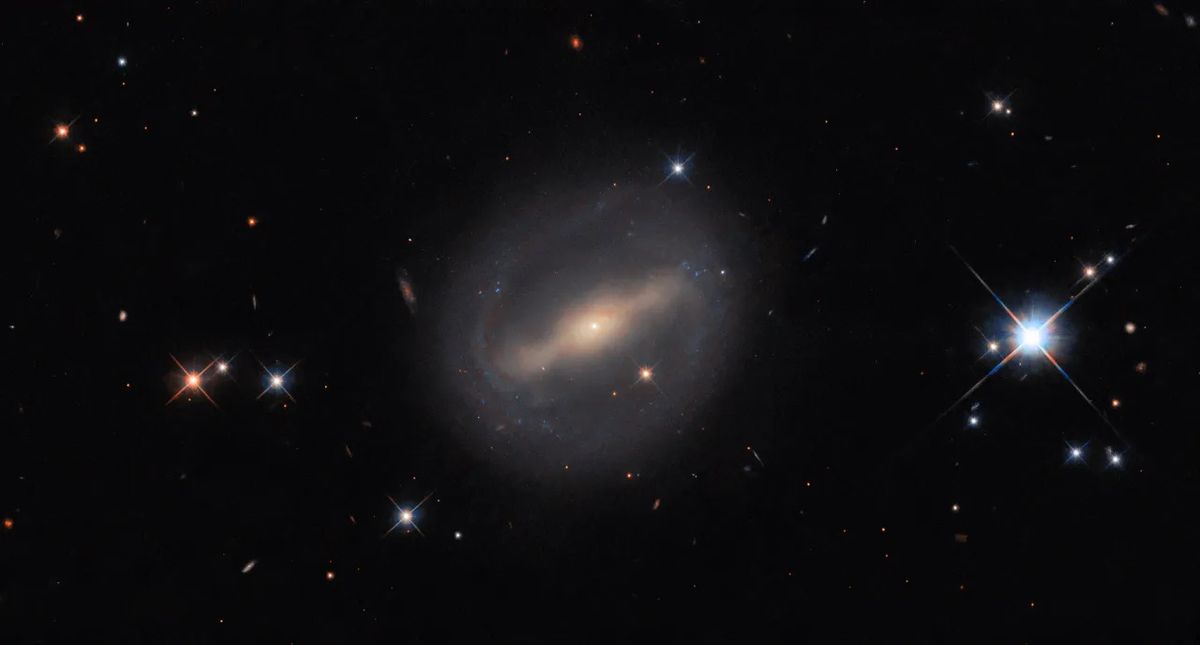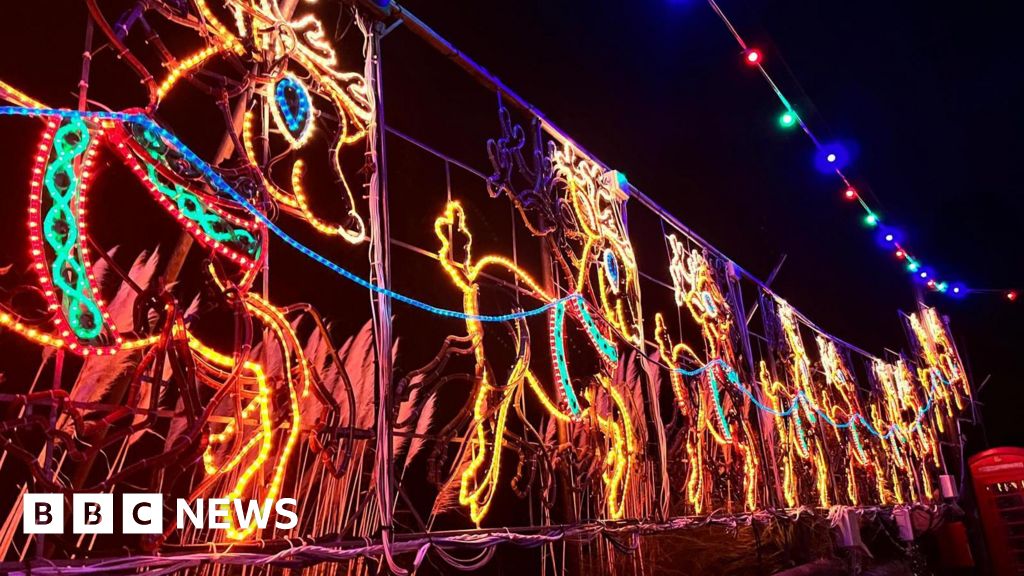Hubble Captures Bizarre Ring-Shaped Galaxy in Stunning New Image

A striking new image from the Hubble Space Telescope reveals a peculiar galaxy with outstretched arms forming a near-perfect circle around its central disc.
The barred spiral galaxy, formally known as MCG+07-07-072, resides in the Perseus Cluster, a staggering 320 million light-years from Earth. The galaxy's unusual shape is created by its thin, loosely wound arms emerging from the ends of its barred core.
"Rings in galaxies come in quite a few forms, from merely uncommon, to rare and scientifically important!," NASA officials noted in a statement.
MCG+07-07-072 is classified as an SBc(r) galaxy, a designation referring to its spiral arms that extend from its barred core, completing only half a turn around the galaxy. "The classification of 'ring galaxy' is reserved for peculiar galaxies with a round ring of gas and star formation, much like spiral arms look, but completely disconnected from the galactic nucleus - or even without any visible nucleus!" NASA explained.
The formation of ring galaxies is believed to be a consequence of galactic collisions. When a smaller galaxy passes through the centre of a larger galaxy, the gravitational disruption triggers a wave of star formation that moves through the larger galaxy, pushing its arms outwards. This resembles the ripples created when a stone is thrown into water.
Another possible explanation for the ring-shaped appearance is gravitational lensing. This phenomenon occurs when a massive object in the foreground warps the space around it, distorting the image of a background object into rings, arcs, or multiple points of light.
"Ring-shaped images, called Einstein rings, only form when the lensing and imaged galaxies are perfectly aligned," NASA stated.
The new Hubble image, released on August 16th, also captures numerous stars with prominent diffraction spikes. These stars appear larger in the image because they lie in the foreground, closer to Earth than MCG+07-07-072.





